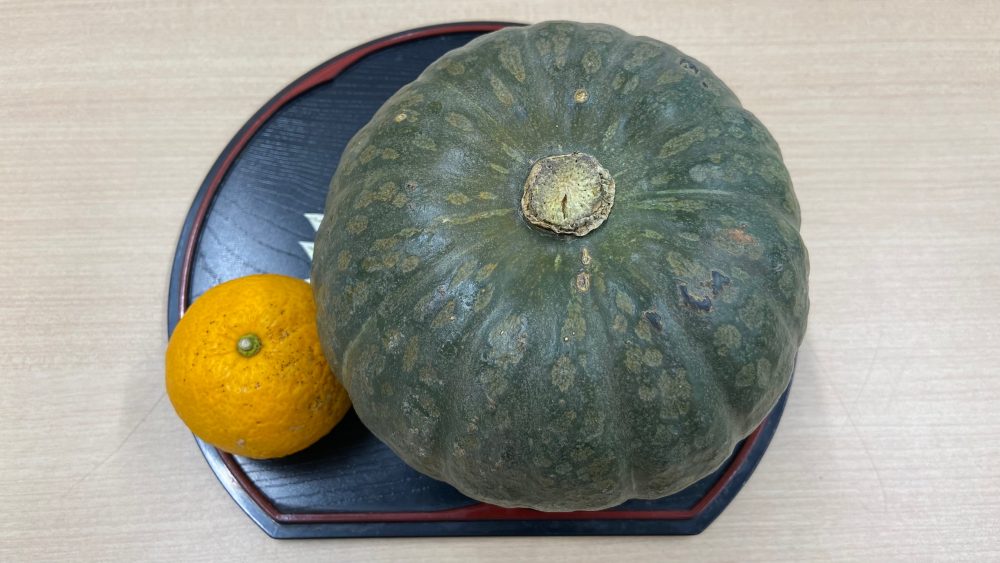東洋言語BLOG
冬至 | Winter Solstice

いよいよ冬本番の寒さになってきましたね
今年の12月22日は「冬至」です
「冬に至る」と書いて「冬至」
日本の「冬至」は、一年の中で昼の時間が最も短くなる日です
日本では、毎年、冬至にカボチャを食べる習慣があります
カボチャは、ビタミン・ミネラル・カルシウムや
食物繊維などの栄養がバランスよく含まれており、
風邪の予防になると言われています
また、カボチャは夏に収穫される野菜ですが、
収穫後に追熟することによって、
より美味しく食べることができるようになります
そして、夜はお風呂にゆずを浮かべて入ります
ゆずを入れたお風呂は、冬に乾燥した肌に良く、
冬至の日にゆず湯に入ると風邪をひかなくなると言われています
コロナウイルスに加えて、冬になると風邪や
インフルエンザが流行します
みなさんも病気にならないように、栄養のあるものを食べて、
暖かくして過ごしてください
東洋言語学院では、皆さんからのお問い合わせを随時受けて付けています
TLSについてもっと詳しく知りたい方や、
疑問がある方は問い合わせページより気軽にご連絡ください
皆さんからのメッセージをお待ちしています!!
Winter Solstice
It’s finally getting cold enough for winter to be in full swing.
22nd December is the Winter Solstice.
The expression「冬に至る」can be also written as「冬至」,
which means “Winter Solstice”
In Japan, the Winter Solstice is the day
when the daylight hours are the shortest of the year.
In Japan, it is customary to eat pumpkin
on the winter solstice every year.
Pumpkins contain a good balance of vitamins,
minerals, calcium, dietary fiber and other nutrients, and are said to help prevent colds.
In addition, pumpkins are vegetables harvested in the summer,
and by ripening them after harvesting,
they can be eaten with even greater relish.
And at night, we take a bath with yuzu floating in it.
It is said that a bath with yuzu is good for dry winter skin,
and that if you take a yuzu bath on the winter solstice,
you will not catch a cold.
Besides the coronavirus, colds and flu are common in winter
To avoid getting sick, everyone should eat nutritious food and stay warm.
Toyo Language School welcomes inquiries at any times.
If you would like to know more about TLS or if you have any questions,
please feel free to contact us from the contact page!
We are looking forward to hearing from you!




















